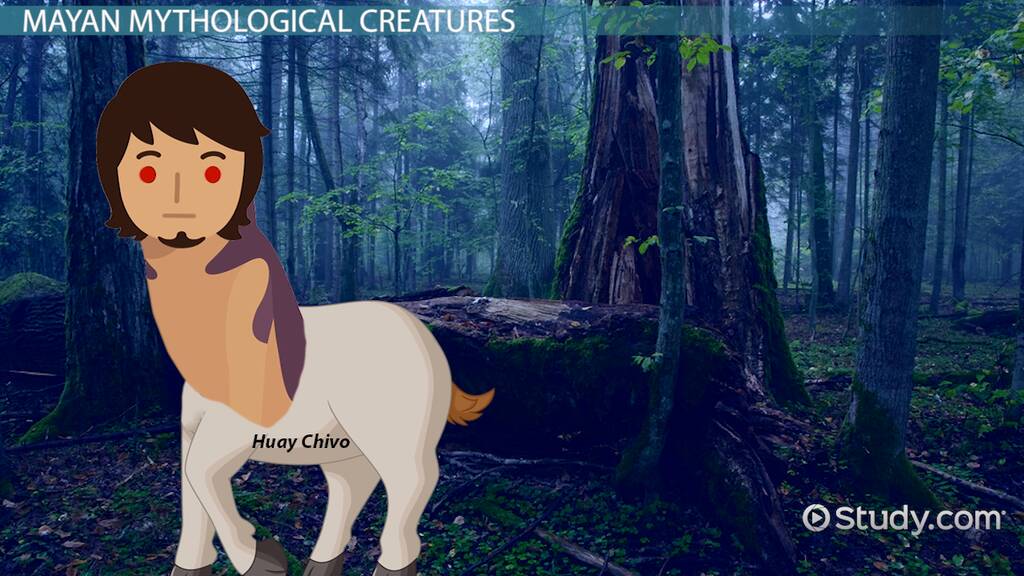The Celtic and Aztec cultures both have their share of powerful mythical creatures, and their power struggles were epic. The Celtic people revered a variety of mythical creatures like Banshee, Leprechauns, and Faeries. The Aztecs worshiped Quetzalcoatl, Tzitzimimeh, and Xochiquetzal. The power struggles between these mythical creatures were centered around their interests, including gold, wisdom, beauty, and fertility, and involved conflicts between Quetzalcoatl and Leprechauns and Faeries and Tzitzimimeh. Despite their differences, the tales of these power struggles continue to entertain and inspire people worldwide.
The Power Struggles Between Celtic and Aztec Mythical Creatures
Introduction
Mythical creatures have been a part of human folklore since time immemorial. They have appeared in various cultures, religions, and traditions throughout history. The Celtic and Aztec cultures have their share of magical creatures, whose power struggles were epic.
Celtic Mythical Creatures
The Celtic people revered their gods and goddesses, who were frequently represented by a variety of mythical creatures. Let’s delve into some of the most potent Celtic mythical creatures:
The Banshee
As its name suggests, the Banshee is a female spirit that wails or sings upon the death of a family member. It was believed that the Banshee’s cry could bring about death, while her touch could only mean sorrow.
The Leprechaun
The Leprechaun is a small, human-like creature dressed in green clothing and typically associated with Ireland. They are said to be tricksters who are experts at hiding their pots of gold.
The Faeries
Faeries are magical creatures that can be benevolent or malevolent. They are known for their love of music and dance, and their ability to cast spells. They can also be capricious and dangerous.
Aztec Mythical Creatures
The Aztecs worshipped a variety of gods and goddesses, many of whom were represented by powerful mythical creatures. Below are some of the most well-known Aztec creatures.
The Quetzalcoatl
Quetzalcoatl is the feathered serpent god who brought wisdom and knowledge to the Aztecs. He was also the god of life, fertility, and patron of priests.
The Tzitzimimeh
The Tzitzimimeh are malevolent gods in the Aztec belief system. They are associated with the stars and are believed to be responsible for eclipses. They also represent darkness, violence, and evil.
The Xochiquetzal
Xochiquetzal is the goddess of love, beauty, and fertility in Aztec mythology. She is associated with flowers, pleasure, and creative arts.
The Power Struggles
The mythical creatures of both the Celtic and Aztec cultures were often in power struggles.
Quetzalcoatl and the Leprechauns
Quetzalcoatl and the Leprechauns are creatures of two culturally diverse cultures. However, they could have had similar interests. Both are believed to have a fondness for gold, and this may have resulted in some power struggles.
As such, the Leprechauns would frequently hide their gold in hard-to-reach places, where their Aztec counterparts could not access. In return, the Quetzalcoatl would send his Tzitzimimeh to steal the Leprechauns’ gold.
The Faeries and the Tzitzimimeh
The Faeries and the Tzitzimimeh could not be more different from each other. The former embraces beauty and creativity, while the latter revels in darkness and destruction. It is no wonder that they were often engaged in power struggles.
The Tzitzimimeh would often seek to destroy the beauty and wonder that the Faeries created. In contrast, the Faeries would work tirelessly to protect their beauty from the malevolent creatures.
Conclusion
The power struggles between Celtic and Aztec mythical creatures were epic and represented the diverse cultural beliefs of both societies. The creatures fought fiercely for their interests, be it their gold, wisdom, fertility, or beauty. The tales of their conflicts continue to entertain and inspire people around the world today.
